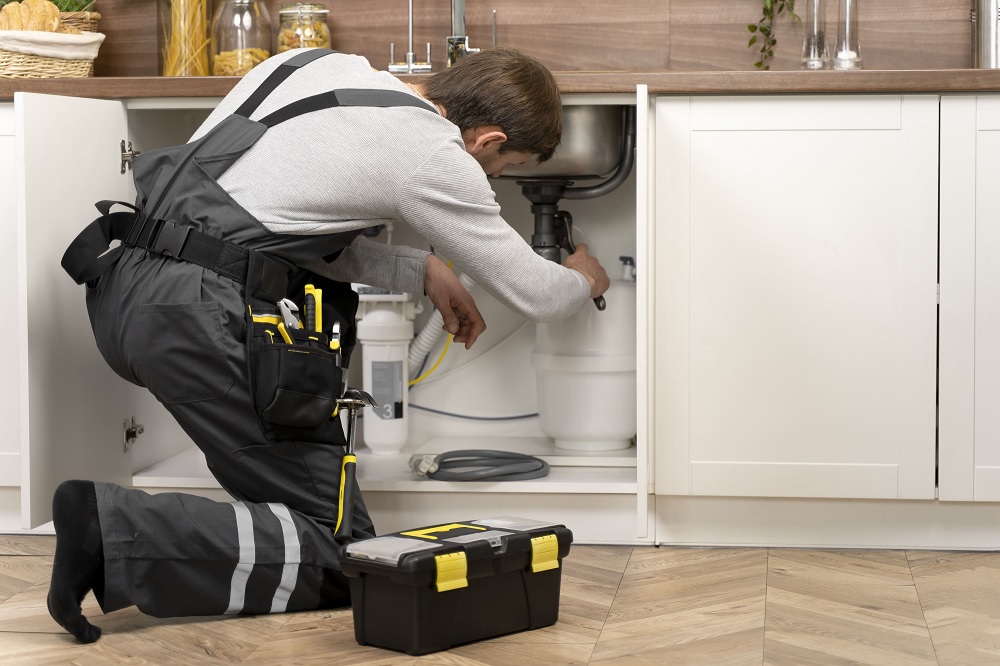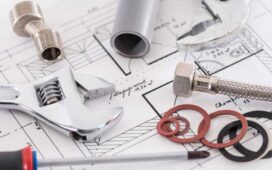Planning a furniture removal is a crucial step when transitioning to a new space or refreshing your home’s layout. It’s a time when careful planning and organisation can really make a very huge difference in the success of your move. However, many unknowingly fall into common pitfalls that can lead to unnecessary stress and complications. By understanding these pitfalls and learning to avoid them, you’ll be well-equipped to plan your furniture removal effectively and ensure a smooth and seamless transition to your new space. This blog post will dive into the importance of furniture removal and discuss seven common mistakes people often make during planning.
1. Lack of Proper Planning
One of the very biggest mistakes people make when planning a furniture removal is not having a detailed plan. Proper planning involves creating a checklist of tasks, setting a timeline, and organising resources. Without a plan, you may feel overwhelmed and chaotic during the removal process. Take the time to assess your needs, create a step-by-step plan, and allocate sufficient time for each task. This will help you stay organised, reduce stress, and ensure everything runs smoothly on the removal day.
2. Underestimating the Time and Effort Required
Underestimating the time and effort required for furniture removal is a common mistake that can lead to delays and frustrations. Moving furniture takes more time and physical effort than expected, especially when dealing with bulky or heavy items. Before the removal day, assess the project’s scope and allocate ample time and manpower accordingly. Consider factors like disassembling furniture, navigating tight spaces, and loading and unloading times. By accurately estimating the actual time and effort required, you can avoid unnecessary stress and complete the removal process efficiently.
3. Failure to Declutter and Organise
A cluttered and disorganised space can make furniture removal overwhelming and inefficient. Failing to declutter and organise your belongings before the move is a mistake that can result in unnecessary expenses and wasted time. Take the opportunity to sort through your furniture and belongings, donating or disposing of items you no longer need or use. Organise items into categories and label them for easy identification during removal. By decluttering and organising, you’ll streamline the removal process, save on transportation costs, and create a fresh start in your new space.
4. Not Hiring Professional Movers
Attempting a DIY furniture removal might seem cost-effective, but it often leads to avoidable challenges and risks. Not hiring professional movers is a mistake that can result in damaged furniture, injuries, and delays. Professional movers have the expertise, equipment, and experience to handle the intricacies of furniture removal. They know how to pack and transport items safely, navigate challenging spaces, and ensure a smooth transition. Investing in professional movers will save you time, effort, and potential damages, providing peace of mind throughout removal.
5. Improper Packing and Protection
Improper packing and inadequate protection can significantly damage your furniture during removal. Many people make the mistake of using insufficient packing materials or not securing items properly, resulting in scratches, dents, or even breakage. Invest in high-quality packing supplies such as bubble wrap, furniture blankets, and sturdy boxes to avoid this. Disassemble larger furniture pieces whenever possible and wrap them securely. Label fragile items clearly and provide special handling instructions to the removal team. By packing your furniture carefully and ensuring proper protection, you’ll minimise the risk of damage and ensure their safe arrival at the new location.
6. Ignoring Safety Precautions
Safety must always be a top priority during furniture removal. Ignoring safety precautions is a mistake that can lead to accidents and injuries. When moving heavy furniture, use proper lifting techniques and ask for help if needed. Clear pathways of any obstacles that could cause tripping or falling. Protect yourself and others by wearing appropriate footwear and using tools or equipment when necessary. Additionally, be mindful of electrical cords and secure them to prevent accidents. By prioritising safety, you’ll create a secure environment and also minimise the risk of accidents or injuries.
7. Lack of Communication with the Removal Team
Effective communication with the removal team is crucial to ensure a successful furniture removal. Failing to communicate your expectations, requirements, and any specific instructions is a common mistake that can result in misunderstandings or delays. Provide instructions regarding fragile items, heavy furniture, and special handling requirements. Inform the removal team about access restrictions, such as narrow hallways or staircases. Stay in a regular communication with them throughout the process, promptly addressing any concerns or questions. By fostering open and clear communication, you’ll establish a positive working relationship with the removal team and ensure a seamless removal experience.
Conclusion
Planning a furniture removal requires careful consideration and proactive steps to ensure a successful and stress-free experience. Avoiding the seven common mistakes discussed will lead to a smoother transition and minimise potential risks. So, be proactive, follow the tips provided, and plan your furniture removal carefully. By doing so, you’ll set yourself up for a seamless and enjoyable moving experience.











